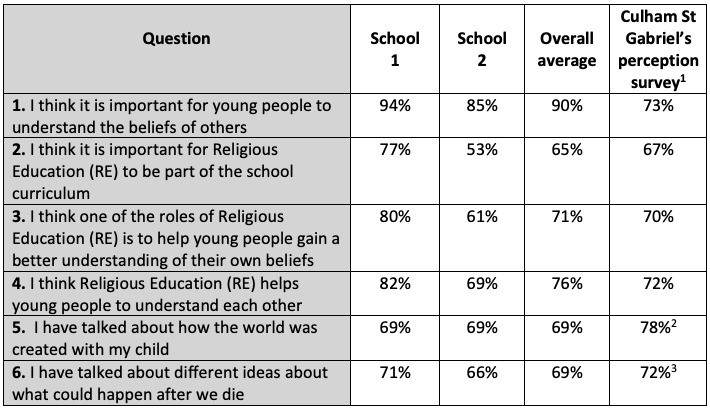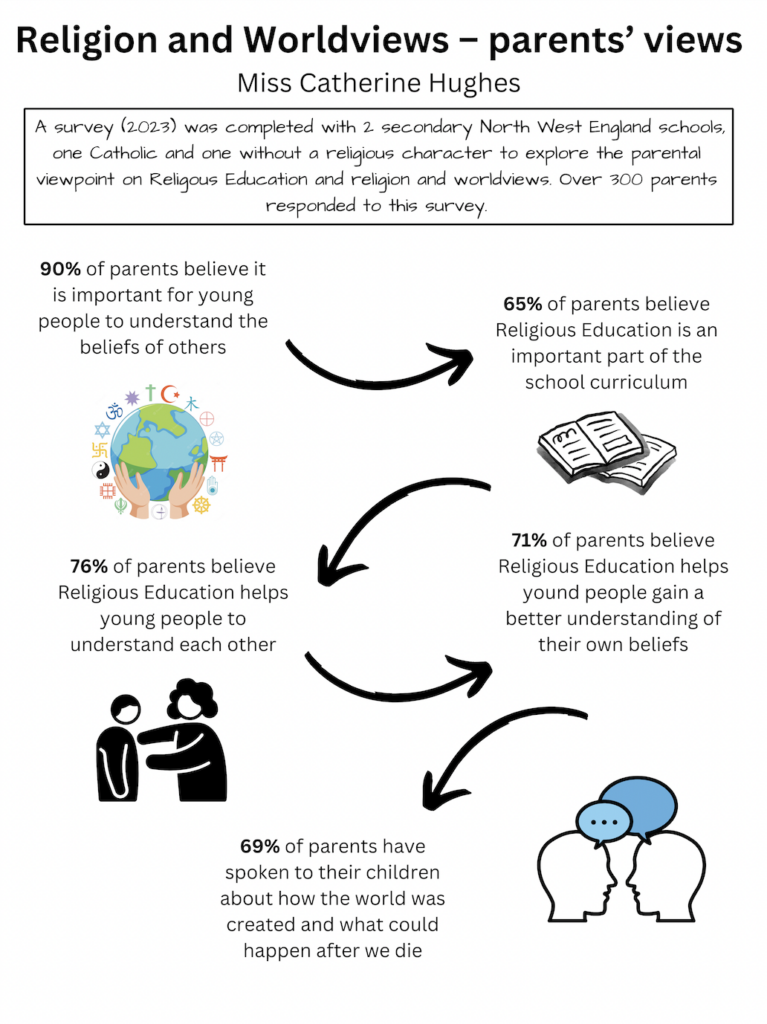Welcome to our ‘summer series’, where those in the world of RE recommend something that changed their way of seeing the world. In this first edition we bring you recommendations from Janet Orchard, Claire Clinton and Jen Jenkins on innocence and experience, liberation theology and a so-called ‘Slave Bible’
Songs of Innocence and of Experience by William Blake, 1794
The Marriage of Heaven and Hell by William Blake, 1790
I studied the Songs of Innocence and of Experience, by the English poet and printmaker William Blake, during my A Level English course. The book is a collection of illustrated texts, with a radical twist, that are printed beautifully from etched plates, coloured by Blake and his wife Catherine. If the power of the poems on their own weren’t enough, my teacher took us on a trip to see original copies at the Fitzwilliam Museum in Cambridge. My fascination with this work was thus cemented for a lifetime.
Blake’s work appealed to my teenage self, being unconventional, egalitarian, conscious to disrupt and depolarize, and yet bring together diverse opinion. This view can be summed in a well-known phrase from another work by Blake, ‘The Marriage of Heaven and Hell’, in which he claims, “Without contraries, no progression”.
He cites contraries like attraction and repulsion, reason and energy, love and hate, good and evil, seeing both together as necessary to existence. Each needs the other.
As someone who resists over-simplification at every turn, I often draw on this, to me, memorable phrase. Then there is the matter of looking for the value in someone else’s view when I disagree with them, as least in the first instance. I don’t think all views are valid; but being open to possible new ideas, composed when opposing instincts are disrupted together is an insight worth having.
Janet Orchard
Janet Orchard is Associate Professor of Philosophy and Religion in Teacher Education in the School of Education, University of Bristol and a former teacher. She takes a comparative interest in relationships between philosophy, religion, and teacher education specialising in England, Hong Kong and the Western Cape (South Africa). She edits Professional Reflection.
A Theology of Liberation: History, power and salvation by Gustavo Gutierrez, 1988
For my people: Black Theology and the Black Church by James H Cone, 1984
Both these books changed my way of thinking about the world. At the time I was a newly qualified RE teacher delivering units on Liberation Theology and Black Theology for a new A- Level RS course. There were no materials for students to learn about these theologies, just a book list as a teacher I needed to get through and create a unit of study for my students.
I was a white, British woman who had just finished a tradition theology degree and RE PGCE at Durham and Cambridge Universities – both very traditional places where these topics hadn’t come up, so everything was new learning for me.
I had no conception of what life had been like for the people of Latin America and how white western worldviews had interpreted the Bible in certain ways that Gustavo wrote about and challenged. Then I knew a little of the Civil Rights movement in America in the 1960’s to 70’s, but again reading the book by James completely immersed me in a different world. A different way of seeing the world through other people’s experiences that involved oppression and poverty.
I had learnt a little about hermeneutics at university, but now I was absorbed in what this meant in the 20th Century for theologians living in a very different world from my own. These theologians wanted to give a voice to the people they lived with and worked alongside. Before reading these books I would not really have consciously thought about my own worldview, nor my own privilege. Therefore these were transformative reads for me to see the complexity of belief and practice, power, privilege and injustice. They were foundational for me to understand the importance of listening and hearing diverse voices and how a sacred text can be interpreted in different ways without any recognition of this taking place. These books were uncomfortable reads for me in places as they challenged me to see religion in more actively political terms. I was also challenged to see myself as part of the silent majority that allows oppression to take place.
Claire Clinton
Claire is RE Advisor for Newham, Barking and Dagenham and Director of the national RE Hubs.
Museum of the Bible: ‘Slave Bible’
Through engaging with the Diocese of Coventry’s anti-racist learning community, Amazing Grace, I discovered this very troubling form of biblical interpretation. This is the so-called ‘slave bible’. You can find out about it through videos and information video on the Museum of the Bible link below.
The ‘Slave Bible’ (as it came to be known) was originally published in London in 1807 on behalf of the Society for the Conversion of Negro Slaves, an organisation with the expressed intention of improving the lives of enslaved Africans put to work in Britain’s colonies in the Caribbean. This version of the bible was edited with significant parts of the Bible missing, such as the story of the Exodus where the Israelites were released from slavery in Egypt and passages in Paul’s letters that suggest an equality between slaves and masters. Certain passages were deliberately left in, such as the curse of Ham by Noah in the Genesis narrative which even the church at the time of the transatlantic slave trade felt comfortable to use as a justification for the enslavement of races considered to be ‘inferior’ to Europeans. Likewise, the guidance in the Pauline letters regarding slaves obeying their masters was retained as part of a deliberate hermeneutic intended to convince Black Africans they were justifiably enslaved.
The intention in using this missionary book was to indoctrinate slaves into the Christian faith. It was also used to teach African slaves to read (which I am assuming was meant to be a ‘noble’ intention at the time). This use of the Bible to perpetuate one of history’s most deplorable grand narratives is deeply shocking.
If this is your initial discovery of the existence of this text, I am sure you are deeply troubled by it. It is important to also consider the reactions of your pupils and to approach this with absolute sensitivity if you plan to share its existence with pupils.
for more information: https://www.museumofthebible.org/exhibits/slave-bible
Jen Jenkins
Jen is RE & Spirituality Officer for Coventry Diocesan Board of Education and RE Facilitator for Coventry and Warwickshire.

